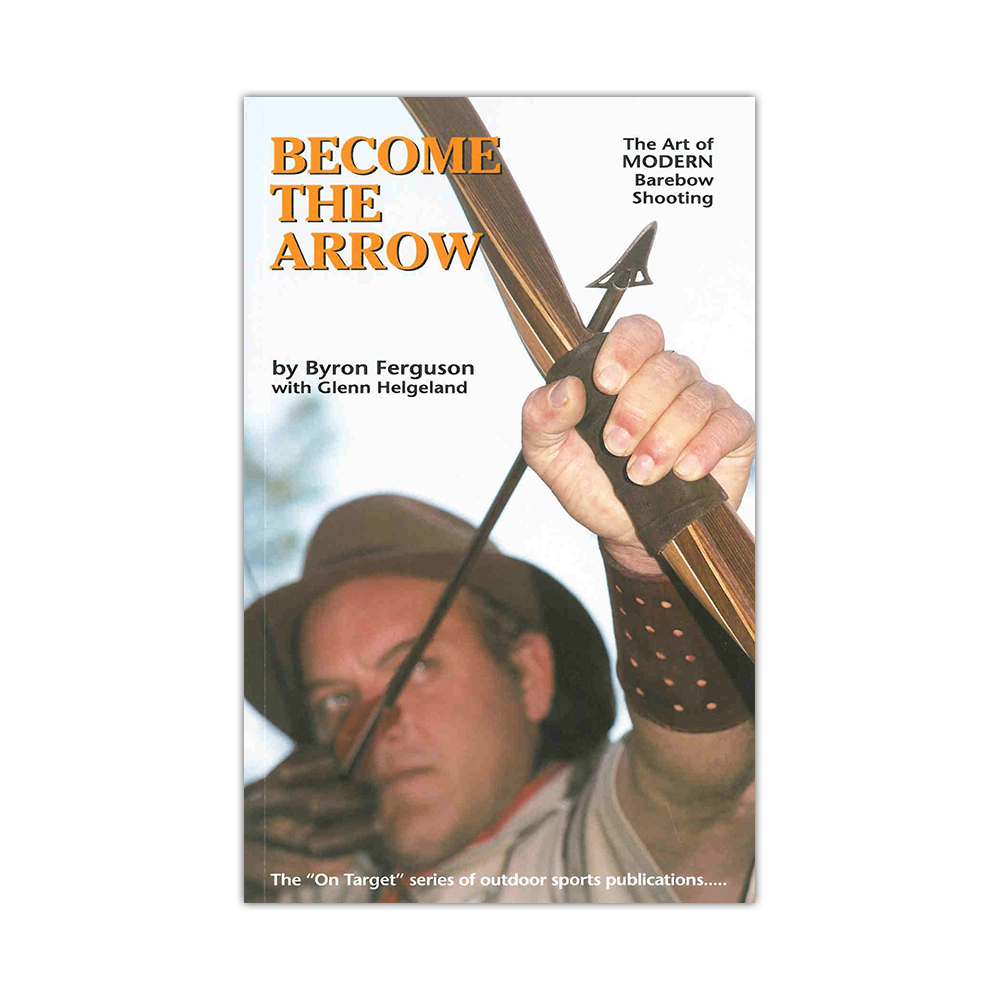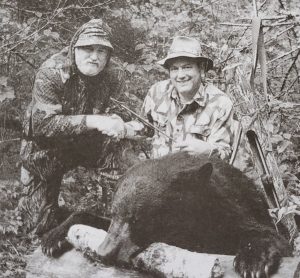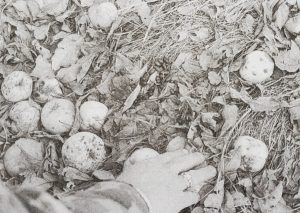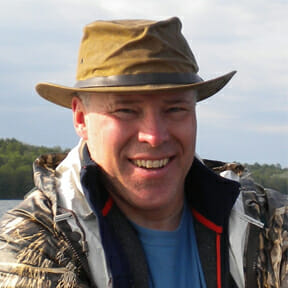Top 10 Bowhunting Mistakes According To Byron Ferguson
One way to avoid bowhunting mistakes is to learn the correct ways to hunt from an expert. In his book, Become The Arrow, famed archer Byron Ferguson outlines the top 10 mistakes bowhunters make and how to overcome them.
Ferguson, A Renowned Bowhunting Expert
You might know of Byron Ferguson as an archery trick shot expert. Videos of his amazing and legendary shots with a bow are everywhere. But he’s an accomplished bowhunter too, to say the least.
Ferguson has tagged more than 300 whitetail deer. Add to that the moose, pronghorn, mule deer and a record-book black bear. He hunts a lot.
His book is much more than simply explaining the most frequent mistakes bowhunters make. In this 110-page volume, he gives you the benefit of his hunting experience in sections on tidal charts and moon phases, scouting for treestand placement, funneling deer and how to handle the moment of truth.
He gives advice on hunting from the ground, hunting from a creek, deer body language, scouting a new area, finding lost blood trails and the five priorities of bowhunting.
Don’t Make These Bowhunting Mistakes
In the following excerpt from Ferguson’s book, Become The Arrow, he talks about these bowhunting pitfalls:
1. Using wrong approach to stand
The most direct route seldom is the best. You should avoid deer bedding areas and feeding areas and game trails. No sense alarming the sought-after game animal.
2. Placing stand too high
The higher the stand, the tougher the shot. There are more obstructions (bigger bones) and tougher shot angles, less chance of double-lung hits. Rule of thumb — climb just above cover or climb high, but only as high as conditions dictate.
3. Mis-reading sign
To avoid hunting a “cold” stand, learn to age the sign deer leave behind. Make sure the sign is fresh. Many times I have found areas loaded with old signs, but the deer had either depleted the food or simply moved to a more favored food. Note how old deer tracks are; same for deer pellets.
4. Shooting too soon
If you shoot the first deer you see, many times you won’t see the big one that was just behind it.
5. Trying to force a shot
Because you may be able to place your arrow accurately is no excuse to attempt a low-percentage shot. A deer can and maybe will avoid your arrow, especially when it may be a bit nervous. Wait for a high-percentage shot, i.e., a broadside or quartering away shot at a relatively relaxed or feeding animal.
6. Scouting at the wrong time
Learn when the deer are the least active and scout then. Most scouting should be done at the conclusion of the previous season when the sign is fresh and leaves are down. If you cannot scout then, do so a couple of weeks before the season so the area ‘cools down’.
Deer movement is governed by their belly most of the year. When you scout, start with food sources and work from there, especially when apples or acorns are falling. Be aware of seasonal foods and how quickly deer will move from one to another.
7. Scouting without a plan
Scouting is NOT walking around in the woods looking for deer tracks. My favorite tactic is to look for food sources, being careful to stay clear of bedding areas. Once a hot spot has been located, I use a compass to note different stand sites for various wind directions. Look for trail crossings that can be hunted from downwind, too.
8. Routine hunting
Deer will pattern YOU! Break up your routine. Have many more than one or two stand sites ready, so none are over-hunted but remain fresh. Mid-day can be a good time, as other hunters leave for lunch. Stay on stand longer, or sleep in and arrive at your stand when you normally would be leaving.
9. Over-hunting
As hard as it may be, don’t hunt the same stand over and over because it seems to be ‘hot’. I have seen many good stands turn cold because of over-hunting; they have too much human scent and human activity.
There is another form of over-hunting, too. This is the burn-out you may encounter if you hunt day after day early in the season when your enthusiasm is high. You don’t want to run out of gas, so to speak, before the best hunting — the rut — begins. You don’t want to lose enthusiasm, or use up all your vacation time, or become strangers to your family.
10. Broadheads not sharp
I mean sharp even after you have hunted a couple of days without shooting them. Check those edges constantly. Weathering and accidental contact with the brush can wear them. Just because they’re covered by a quiver hood doesn’t guarantee continued sharpness.
Get A Copy Of Become The Arrow
Become The Arrow is available through Target Communications, the publisher of many fine books on outdoor topics. For more information, go to www.TargetCommBooks.com.
Steven Paul Barlow is a retired sergeant/station commander and former firearms instructor with the New York State Police. He is an avid hunter, fisherman, and enthusiast with all things related to firearms, knives, and survival. He has been writing on outdoor topics for more than 35 years. His collections of outdoor humor stories are available at BriarHill Books.




